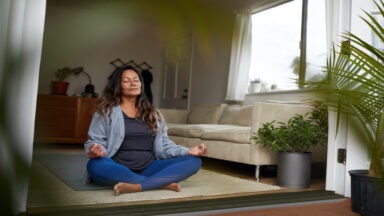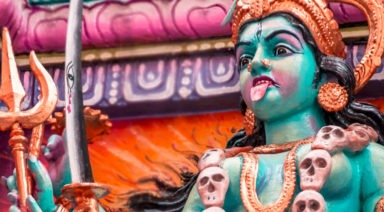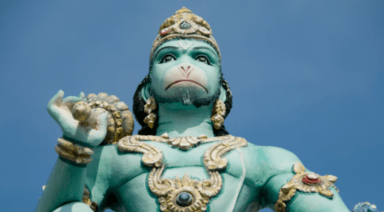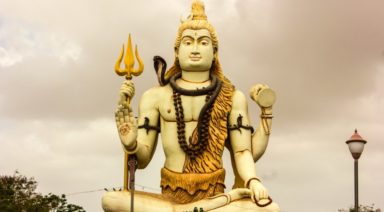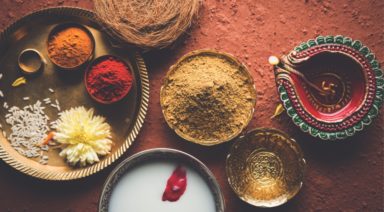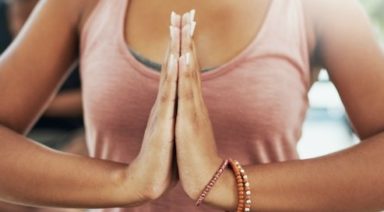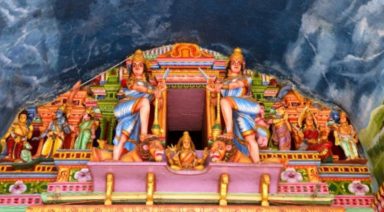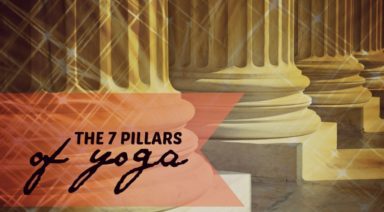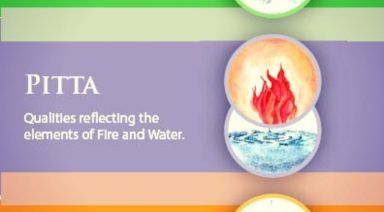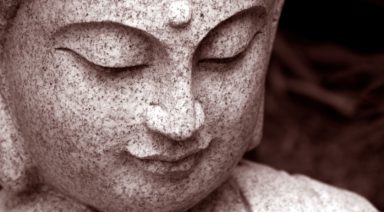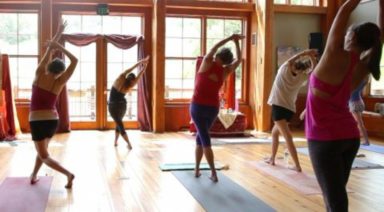What it Really Means to Practice Yoga
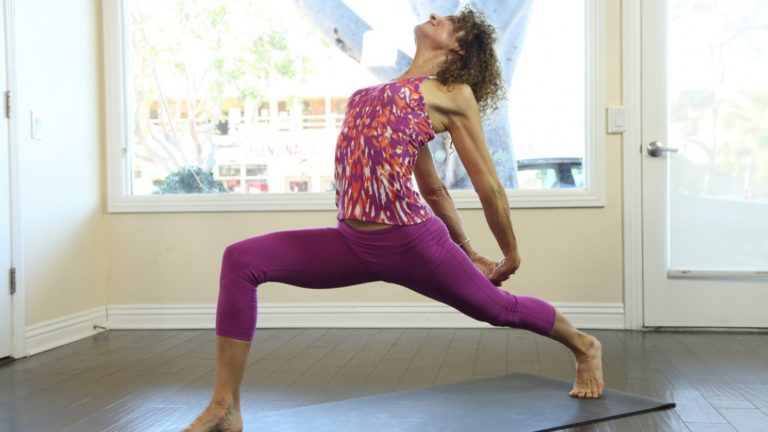
I recently had the privilege of vacationing in Central America. It was blissful and rejuvenating—no schedule, no alarms, no traffic, no anxiety, and no responsibilities.
When I returned home to Vancouver, I expected a couple of things: Firstly, I expected to be perfectly bronzed and salt-water exfoliated, glowing with a Caribbean halo that oozed rest and youth. Secondly, I expected to bring the flow of peace and calm back home with me, and have it translate to my workplace and relationships.
Alas, my dry, flaking skin and post-travel day dark circles weren’t the only things that didn’t meet my expectations. I felt as though I had no tolerance for anyone or anything. I felt irritated by clients, work, traffic, text messages from friends and family. Occurrences that had previously been met with patience and mindfulness—case notes, lineups, emails—were now met with resentment and annoyance, followed by frustration and dismay that I had so quickly lost my “Zen” state that had seemed to come so easily in Nicaragua.
And then I was reminded, this is why it’s called practice.
Just as we lose our physical flexibility and strength when we have not been stretching our muscles regularly, we lose our emotional and cognitive flexibility and strength when we have not been “tested” or stepped out of those comfort zones.
If we aren’t mindfully practicing refraining, patience, non-reactivity, and compassion, as we do in yoga, we risk being “out of practice” and lacking such skills when tested. If yoga is the primary place we choose to do this, a hiatus from practice might not just affect your physical flexibility and strength –we also might lose our focus, or our calm, or our compassion. Fortunately, once learned, we are able to access these skills more quickly than we would have before learning them (think muscle-memory), as we’ve created the neural pathways; we just need to strengthen them (“neurons that fire together wire together”).
This doesn’t mean you can’t holiday, or that you must keep up a militantly regular practice all the time. The flow of life will make it so you are sometimes faced with excellent opportunities to practice and sometimes not. But, you can do this whenever you experience a difficult feeling in your daily life. Whenever I’m feeling bored, or angry, or frustrated, or impatient, or sad, or rejected, I remind myself it’s excellent practice in tolerating (insert difficult feeling here), and it contributes to me reacting to that feeling in more helpful ways. Still, know that it’s a continual process that does not end. We don’t become experts or acquire these skills without having to train them mindfully. However, just as you likely believe the time, effort, and physical discomfort you experience in the asana is worth the physical benefit, you will likely find the same goes for your cognitive and emotional practice. And, your colleagues, clients, family, and friends will probably agree. I know mine do.
5 Tips to Reclaim Your Calm

Stress and anxiety have become everyday realities, especially over the last year. In fact, a survey conducted in 2020 reported that 62% of adult respondents reported experiencing anxiety on a regular basis. But what if it didn’t have to be that way?
Yoga, breathwork, and meditation can create a foundation of synchronicity in your body that allows you to regain control of your life in a way that calms your sympathetic nervous system (fight or flight response) and supports an overarching sense of calmness in our chaotic world.
These practices, while not a panacea for anxiety, can improve stress response, and have been clinically proven to do so. A recent study at New York University Grossman School of Medicine discovered that in a group of randomly selected people with Generalized Anxiety Disorder (GAD), 54% met the criteria for “meaningfully improved symptoms,” after practicing yoga.
So, what can you do to reclaim a peaceful mind and life? Here are 5 tips to get you started:
1.) Develop a regular physical yoga practice (or re-commit if you already have one)
All types of physical exercise are beneficial for decreasing stress response by improving the health of the cardiovascular system (also potentially reducing the risk of heart disease) and releasing endorphins. Yoga, however, offers a special twist of calmness and relaxation while still allowing an exertion of physical effort, creating a fertile environment to build self-awareness through mindful movement.
Because of the flexibility and strength gained through regular practice, joint and muscle pain may also be soothed through a physical yoga practice (also called Asana) by reducing stressors related to pain responses in the body. Over time, and with dedicated practice, these benefits add up dramatically, even to the point of correcting scoliosis or reducing heart palpitations. Vinyasa or Yin yoga are generally the most beneficial practices for these physical benefits.
One common misconception about yoga is that you must practice for an hour to benefit. This fallacy was derived from the fact that studio classes often run for an hour. Any amount of time spent practicing physical yoga counts, whether it be 10, 60, 90 minutes, or more!
2.) Practice 5-10 minutes of breathwork
Breathwork (or Pranayama) can be easily overlooked, even by seasoned yoga practitioners, but it is one of the most beneficial aspects of your practice. How we breathe is often directly correlated to how we feel; short and shallow breathing makes us feel closed off and more anxious, whereas long, mindful breathing creates a sense of abundance, while also promoting a more meditative and mindful state. Taking as few as five minutes a day to breathe deeply and mindfully can literally re-oxygenate the mind and body. This allows more clarity and direction in everyday scenarios, and (with the use of some specific practices, like this one), can create a space of time between a personal cause and retort, transforming reactions into more thoughtful responses.








